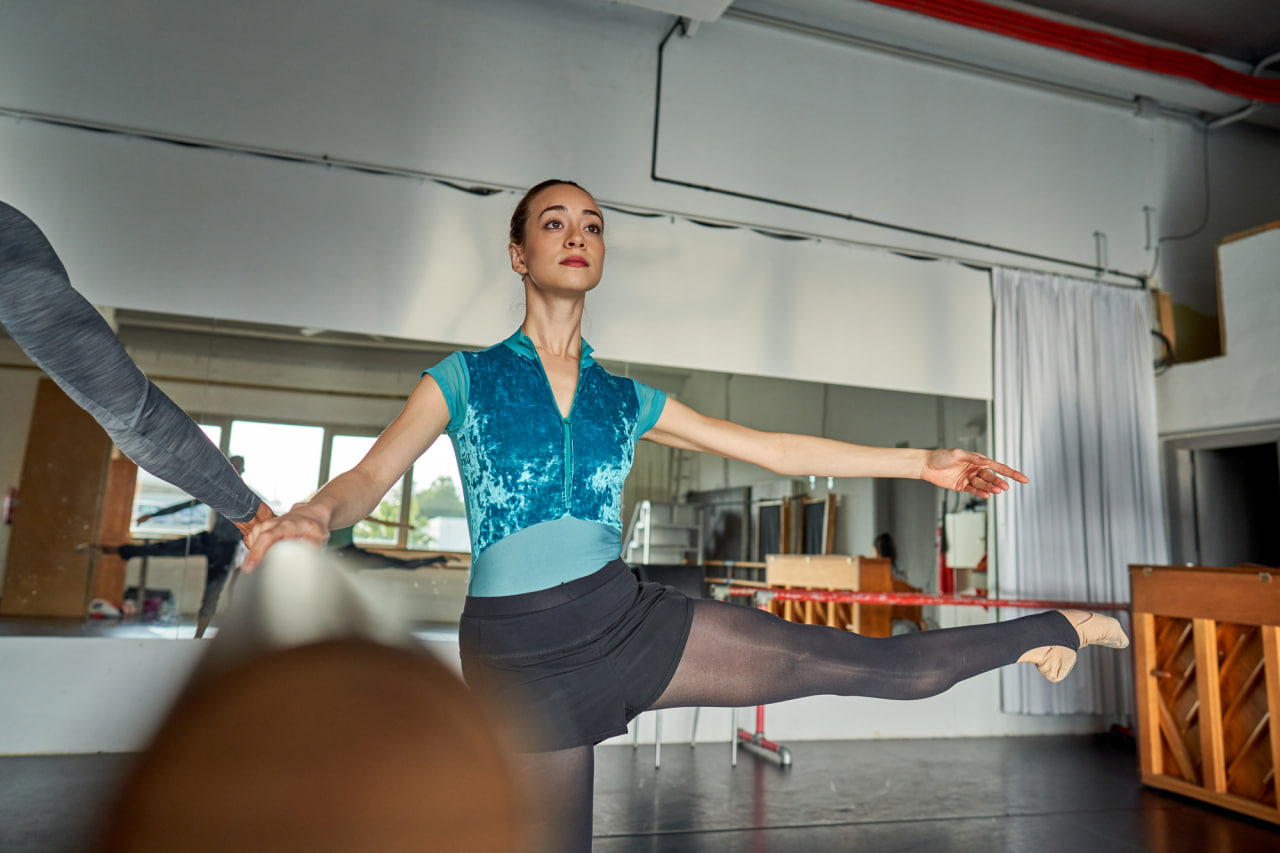Dancing en Pointe: How to Prepare Safely and Successfully

Understanding Pointe Work
Dancing en pointe is one of the most iconic elements of ballet. It allows dancers to rise fully onto the tips of their toes, creating an image of lightness and ethereal grace. However, pointe work is also one of the most physically demanding aspects of ballet, requiring significant strength, technique, and preparation. Beginning too early or without proper training can lead to injury, which is why a careful, step-by-step approach is essential.
Knowing When You Are Ready
The decision to start pointe work should always be made with the guidance of a qualified ballet teacher. Readiness is not based on age alone but on a dancer’s overall strength, alignment, control, and technical foundation. Strong ankles, flexible feet, stable turnout, and a solid core are non-negotiable. Most students begin pointe work after several years of consistent ballet training, once they can perform exercises with correct posture and balance.
Building the Necessary Strength
Before attempting pointe work, dancers must develop strong supporting muscles. This includes the intrinsic muscles of the feet, the calves, quadriceps, hamstrings, and especially the core. Releve exercises, theraband resistance training, and slow rises from demi-pointe help build the stability needed to handle the pressure placed on the toes. Properly conditioned muscles not only improve performance but also reduce the risk of injury.
Choosing the Right Pointe Shoes
The right pair of pointe shoes is as important as the training itself. Every dancer’s feet are unique, so professional fitting is critical. Factors like toe shape, arch flexibility, and foot width all influence the choice of shoe. A well-fitted shoe should feel snug but not painfully tight, supporting the foot while allowing for proper articulation. Many dancers go through several fittings to find their ideal pair, and shoes should be replaced regularly to maintain support.
Training Progression
Pointe training begins slowly. Early exercises are performed at the barre, focusing on balance, alignment, and weight placement. Only after a dancer demonstrates stability will they progress to center work and eventually to more complex movements like turns and jumps on pointe. This gradual progression ensures that the dancer builds strength and confidence without compromising safety.
Injury Prevention and Care
Pointe work puts significant pressure on the toes, ankles, and knees. To avoid injury, dancers must always warm up thoroughly before class, listen to their bodies, and rest when necessary. Proper toe padding, taping techniques, and foot care routines help prevent blisters and bruises. If pain persists, it’s important to seek professional advice rather than pushing through discomfort, as small injuries can escalate quickly in pointe work.
The Artistic Side of Pointe
While pointe work demands technical mastery, it is also a chance for artistry to shine. The rise onto pointe can be a moment of elegance, suspense, or power, depending on the choreography. A dancer’s fluidity, musicality, and emotional connection to the movement transform pointe work from a physical skill into an art form that captivates audiences.
Commitment to Lifelong Practice
Pointe dancing is not a milestone that is “completed” but a skill that continues to evolve. Even professional dancers refine their pointe work throughout their careers. Consistent practice, ongoing strength training, and regular technique classes keep the dancer safe and allow them to perform at their best. With dedication and proper preparation, pointe work can be a rewarding and transformative part of a ballet journey.
